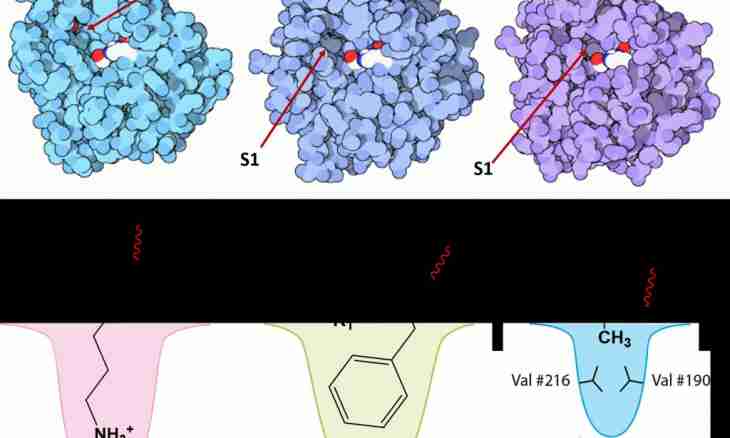In the course of studying physics and some other scientific disciplines the pupils face such concept as "reactive resistance". It is the size designating a certain relation between tension and current.
Concept of reactive resistance
Reactive resistance is called the resistance size which shows a ratio of current and tension on reactive (inductive, capacitive) to loading, not connected with amount of the consumed electric energy. Reactive resistance is characteristic only of chains of alternating current. Size is designated by a symbol X, and its unit of measure is the ohm.
Unlike active resistance reactive can be as with the positive, and negative sign which corresponds to that sign by which the shift of a phase between tension and current is followed. If current lags behind tension, it is positive and if advances, then it is negative.
Types and properties of reactive resistance
Reactive resistance can be two types: inductive and capacitive. The first of them is characteristic of solenoids, transformers, a winding of the electric motor or the generator), and the second - of condensers. For definition of a ratio between current and tension it is necessary to know size not only the reactive, but also active resistance shown by the conductor to the alternating current passing on it. The first of them gives only limited physical data on an electrical circuit or the electric device. Reactive resistance is created due to loss of reactive power – force spent for creation of magnetic field in an electrical circuit. The reduction of reactive power causing reactive resistance is reached due to connection to the device transformer with an active resistance. For example, the condenser connected to a chain of alternating current manages to accumulate only a limited charge before change of the sign of potential difference for opposite. Thus, current does not manage to fall to a zero mark as in a chain of a direct current. With a low frequency in the condenser the smaller charge why the condenser counteracts external current less will accumulate. It creates reactive resistance. There are cases when the chain has reactive elements, however the resulting reactive resistance is equal in it to zero the Zero size of reactive resistance means coincidence of current and tension on a phase, but if reactive resistance is more or less than zero, between tension and current arises the difference of phases. For example, in a RLC chain the resonance occurs in case reactive impedances of ZL and ZC vzaimounichtozhatsya. At the same time the impedance has a phase equal to zero.

